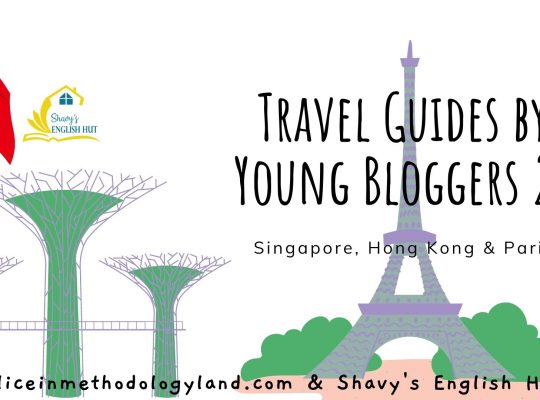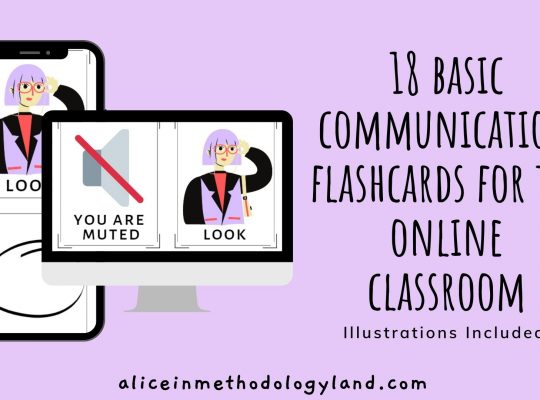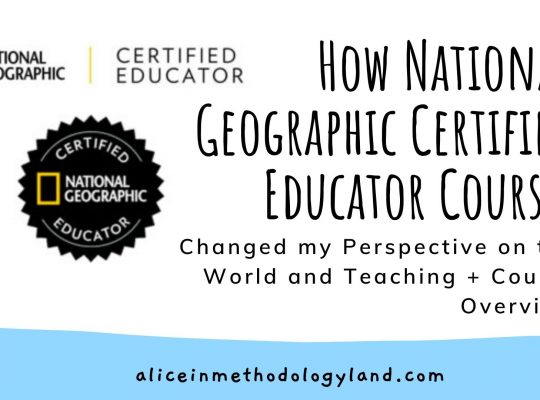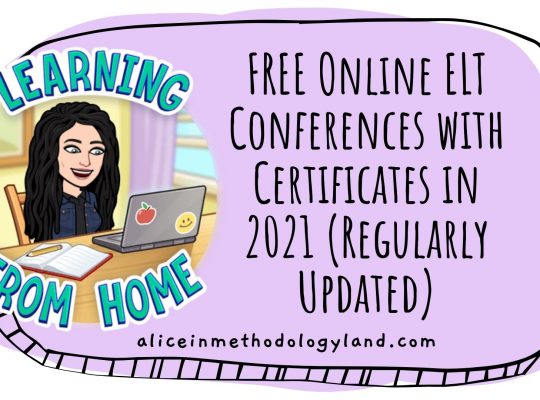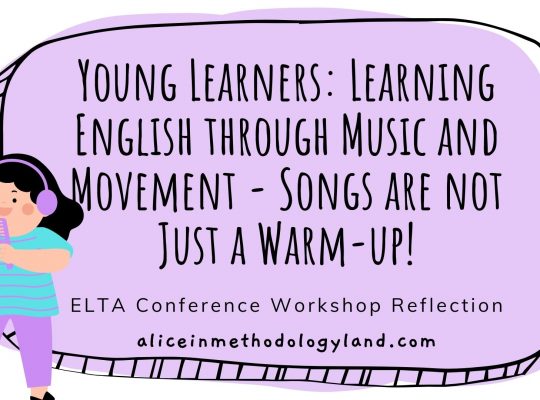Even though we currently have 17 sustainable development goals reflecting global issues, we have an additional issue altogether. How can we introduce global issues and sustainability to our young learners without causing them to feel eco-anxiety?
This article was originally published on British Council Teaching English.

You finally found time and a little bit of space in your already packed curriculum. You decided to add some activities related to environmental issues or any other global issues. That sounds great, but something doesn’t feel right. Your feelings are completely valid: the whole concept of global issues is pretty grim. There is nothing happy about people lacking drinking water and a roof over their heads in 2021.
If global issues are not approached carefully, they can easily cause eco-anxiety in your students. You don’t want to achieve an opposite effect from the one you were hoping for.
What is eco-anxiety?
Eco–anxiety refers to a fear of environmental damage or ecological disaster. This sense of anxiety is largely based on the current and predicted future state of the environment and human-induced climate change.
Source
A ‘not so happy’ story
In one of my projects, there was a boy who cried after an experiment. We compared the level of pollution in river water and drinking water from the tab. We had a special liquid that detects bacteria. After that, we brainstormed what is going to happen when we add it to the water. Unsurprisingly, the river water turned completely purple, but the one from the tap also became pretty purple. The student felt scared when he realized that he is drinking such polluted water. He was overwhelmed by the fact that we do this to our water and he was shocked. This is why we must approach all global goals very carefully. We don’t want to induce panic in our students and prevent them from living their life normally.
How can you include global goals and sustainability in your already-packed curriculum, while also taking care of your young learners’ wellbeing?
Here are some tips that can work in any classroom. Most of the tips come from the young learner and teenage classroom, but they can be easily reimagined in a higher education setting.
Start small
If your curriculum is packed, start following a calendar with important days. For example, you can follow this amazing calendar from WESSA that is also color-coded with SIGs. 1 Include certain goals on their world day to spread awareness. You can brainstorm, make a mind map, have students explore online and present, or discuss in pairs. These small activities can be included in any lesson, and they do not have to take up a lot of time.
Avoid fatalism
Avoid the feeling of inevitable doom and lead the discussion as a form of dialog for the future. The dialog for the future can be anything. You can start by deciding to use reusable bottles in the classroom. Other steps can include going paperless for the tests and using digital tools instead. You can use this free digital interactive material to start a discussion and make a list for a greener classroom.
Focus on the solution, not the problem
When you manage to avoid fatalism, you will reach the stage where you will realize that you must start solving those problems rather than just acknowledging they exist. For example, I recently had a fun lesson with a class from India. We learned about renewable energy resources and then designed an eco-house, and the students were thrilled, and they even made videos describing their projects. In this lesson, I focused on critical thinking skills and distinguishing between renewable and clean energy.
The students were puzzled when they realized that renewable energy resources such as wind and solar energy also create a lot of physical waste that cannot be reused easily, or even not at all. So, in another lesson, we explored the graveyards of wind turbines online. After that, we brainstormed how can we reuse the turbines after they cannot be used anymore. Explore the lesson material along with videos of students’ projects here.
Turn on those 21st-century skills
By following the method of Geo-Inquiry, you can easily activate all of the 21st-century skills without planning too much.
Here are the steps of the Geo-Inquiry process:
- ASK – develop a Geo-Inquiry question;
- COLLECT – acquire geographic information;
- VISUALISE – organize and analyze geographic information;
- CREATE – develop Geo-Inquiry stories;
- ACT – share Geo-Inquiry stories.
Explore one of my Geo-Inquiry projects if you want to learn more!
5. Learn about CLIL and scaffold the content properly
The final stage would be to include more content from other subjects in your lessons so that you can back up your activities with scientific facts. It’s not necessary to develop content-based lessons, but scaffolding is very important. We need to start from the bottom and slowly continue to more complex concepts. Explore some courses related to the environment you can take for free!
Try following those 5 steps, and you will see that covering sustainable development goals will become more natural. In addition, the students will definitely enjoy the lessons that are related to the environment.
To conclude, I want to share a quote from my thesis that encompasses my overall teaching philosophy in environmental education:
The importance of early childhood environmental education is monumental. Growing up immersed in nature is the only effective way to protect our planet since we cannot protect something we do not understand. By understanding the importance of nature, we aim not to protect it but to preserve it by not creating environmental issues.
Further reading resources:
- ELTsustainable
- WESSA calendar color-coded with SIGs
- ELTfootprint free environmental courses for educators
- Start your Journey to 21st Century by using Geo-Inquiry
- Renewable energy resources and designing an eco-house project
How do you include sustainability in your young learner classroom without causing them to feel anxious? Are there some activities you like? Write in the comments or via the contact page.

Click here to explore my store where 99% of materials are forever free!
All the materials except lesson plans and 30+ page interactive activity books will be free FOREVER! Why? Because sharing is caring, and 2020 hasn’t been kind to all of us. Please consider donating! I want to keep making FREE materials for everyone and keep my website open for all of you.
Don’t forget to leave a review when you download materials! It’s just a minute of your time, and it means a lot to me.
P.S. The store and the freebie library are not the same things. The freebie library has some extra materials like conference presentations and webinar recordings. These materials are not available in the store ✨
The subscription link for the store is below my bio in every post. ?



